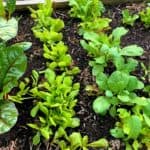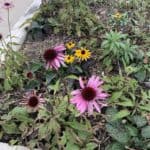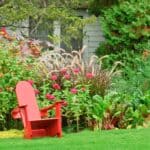It was March then April and visions of a fantastic vegetable garden danced in your head. Then life happens, you blink and it’s late July. Oh no! You’re ready to throw in the trowel, figuring you better forget about it until next year.
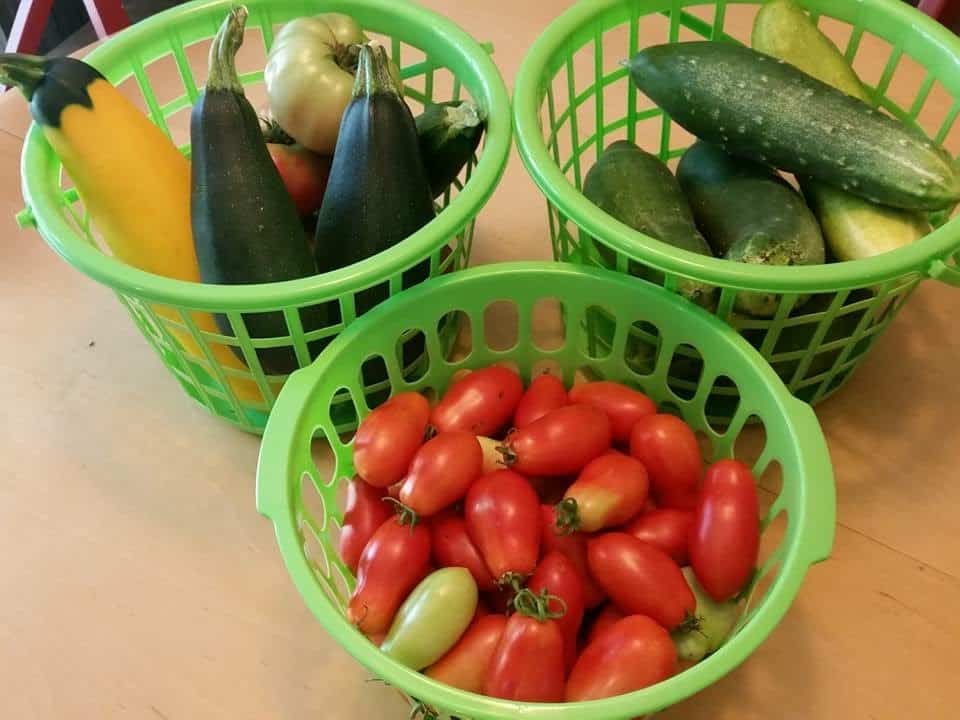
Wait, there’s hope. The reality is that you’re a little late for this year on early season veggies like broccoli, cabbage, onions and potatoes, but did you know that you can also grow many early season favorites again beginning in late summer? More about that later. For now, let’s talk about those warm season veggies you can get after right now.
As an Amazon Associate I earn from qualifying purchases.
New to gardening? You’re going to need a spot for your new green babies. Read the seed packet or the tag on the plant and dive right in. If I’ve learned anything over my years of gardening it is that, for all of us, dabbling in the dirt is really one grand experiment. Sometimes things work out and sometimes they don’t, so be courageous, do your best and free yourself of guilt! The great news is that there are more resources for gardeners, most of them free, than ever before. Follow Midwest Garden Gal on Facebook and Instagram and sign up for my emails at midwestgardengal.com for free gardening tidbits year-round. Other great sources are Pinterest, YouTube and of course Google.
For in ground, I say go raised beds. Design and assembly plans aplenty can be found online. Not a carpenter? You’ll also find lots of pre-made choices to get you gardening fast. I love the cute galvanized options that tie right in to my love of this durable material that looks so sharp in the garden. You can also mail order yourself a durable cedar raised bed! The options go on and on, can we say online shopping rabbit hole? They can be as long as you want, but keep them to no wider than four feet across so that you can always reach your produce from both sides. Also, allow at least three feet (four is better) between your beds to leave plenty of room for you, and your plants! These are just a few ideas. I recommend a couple of raised beds to start with; enough to give you options, but not so much that you become overwhelmed. You can always add more later, says the gal with 9 raised beds and SO many pots and planters! Start slow to gain some experience and maximize your enjoyment while you learn.
You’ll need “garden soil” found labeled as such at the nursery, or compost lightened with peat and vermiculite. My favorite recipe for raised bed soil is 2 parts compost, 1 part peat moss, 1 part vermiculite. On a calm day, layer it in like a lasagna and mix it together with a pitchfork, shovel or whatever you have on hand. Peat and vermiculite are both very light, making wind the enemy when trying to mix your soil. Don’t overthink it, just layer it in and blend it up.
Check out your local city services to find sources for free compost. I load up my baby SUV with 5-gallon buckets and head to my favorite free compost pile. If you’re lucky enough to have a truck, or a sweet friend, that’s even better for getting a good quantity to your home easily. My source happens to be made from our residential yard waste pick up. It’s free and truly black gold! Many communities offer a similar service.

No yard? No time or space for getting a raised bed setup? No worries! You can grow veggies in pots. For pots you’re going to want potting soil, widely available in nurseries, home improvement and big box stores. It’s lighter than gardening soil and better for planting in pots. Full sun is your friend for vegetables. You might be able to get by with partial sun, but your growing efforts will be challenged, and frustrating, if you have less than 6 hours in your spot.
For a late-season garden planting, warm season veggies like tomato, peppers, eggplant and many herbs are best planted from transplants. These are the baby plants you buy and plant directly into the garden. Greenhouses start to unload their supply after Memorial Day so get thee to your local garden plant supplier STAT! Look for plants that are healthy in appearance. If they look scraggly or have discolored leaves, they are sick and won’t fare better in our garden. Pass on those. You may luck out and find some lovely plants that have been well cared for or came on a late shipment. Even if you’re new to gardening, you know “this thing looks half-dead” from “hey this little guy looks healthy”. Trust your instincts and buy the good stuff.
Ok, now for the exciting news. Many warm season veggies grow perfectly well and quickly from seeds planted in June, July or even August! You’ll likely have better luck finding seeds for plants you’re interested in growing than plants by now. Look at this selection! Vegetables that grow well from seed planted in June and for some even into July include snap beans (bush or pole), melons, cucumbers, and summer squash in many varieties such as zucchini or yellow squash. In fact, I always start my summer squash after June 1. Sometimes procrastination pays off. After years of fighting the dreaded squash borer, I learned the moth that lays the squash vine borer eggs life cycle has concluded by June 1. Plant from seed after June 1 equals no more squash borer problems. Victory!
Now back to hope for those early season crops I promised. What comes up, must come down and indeed that’s the case for our temps. That leads the way to perhaps the best gardening time of the season – late summer! Don’t make the mistake I’ve made in the past of waiting too long to think about your late season veggie planting. To have enough time for a nice mature, healthy crop you’ll want to start planting these early season varieties around August 1st. Choices include leaf lettuces, radish, peas, spinach and turnips. Seed packets are your friend here and will tell you days to harvest. Work your way back from your average first frost date, easily found with a Google search, and you’ll know your last viable planting date. For fast growing radish, you can start on August 1st and plant again in a different spot every week or 2 right up until mid-September and enjoy a staggered harvest of fresh radish through the rest of the growing season.
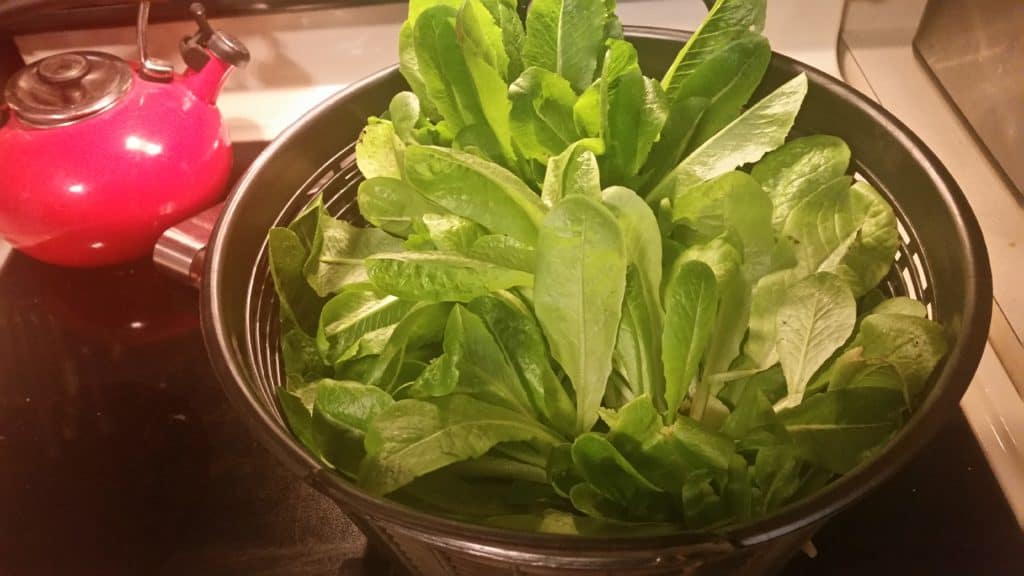
Lastly, I would be remiss if I didn’t mention cilantro. Have you tried to grow it and been annoyed when they quickly bolt in the heat? Ugh! I’ve been there. Then I learned that cilantro from seed does so much better than the plants, but not in summer. What? How can this Mexican dish favorite not love the heat? It’s true. Try seeding them in spring or even better, plant them from seed in early August and be amazed at the beautiful cilantro you can grow right up ‘til frost. Bonus – they will likely self-seed and take care of your early-spring planting for you!
Hopefully I’ve eased your anxiety about veggie garden procrastination. Whether you’re a gardening veteran, a newbie or somewhere in between, there is much joy to be found in growing your own food even if you’re a little tardy as I’ve been more than a few times. Now let’s get out there and get growing!
